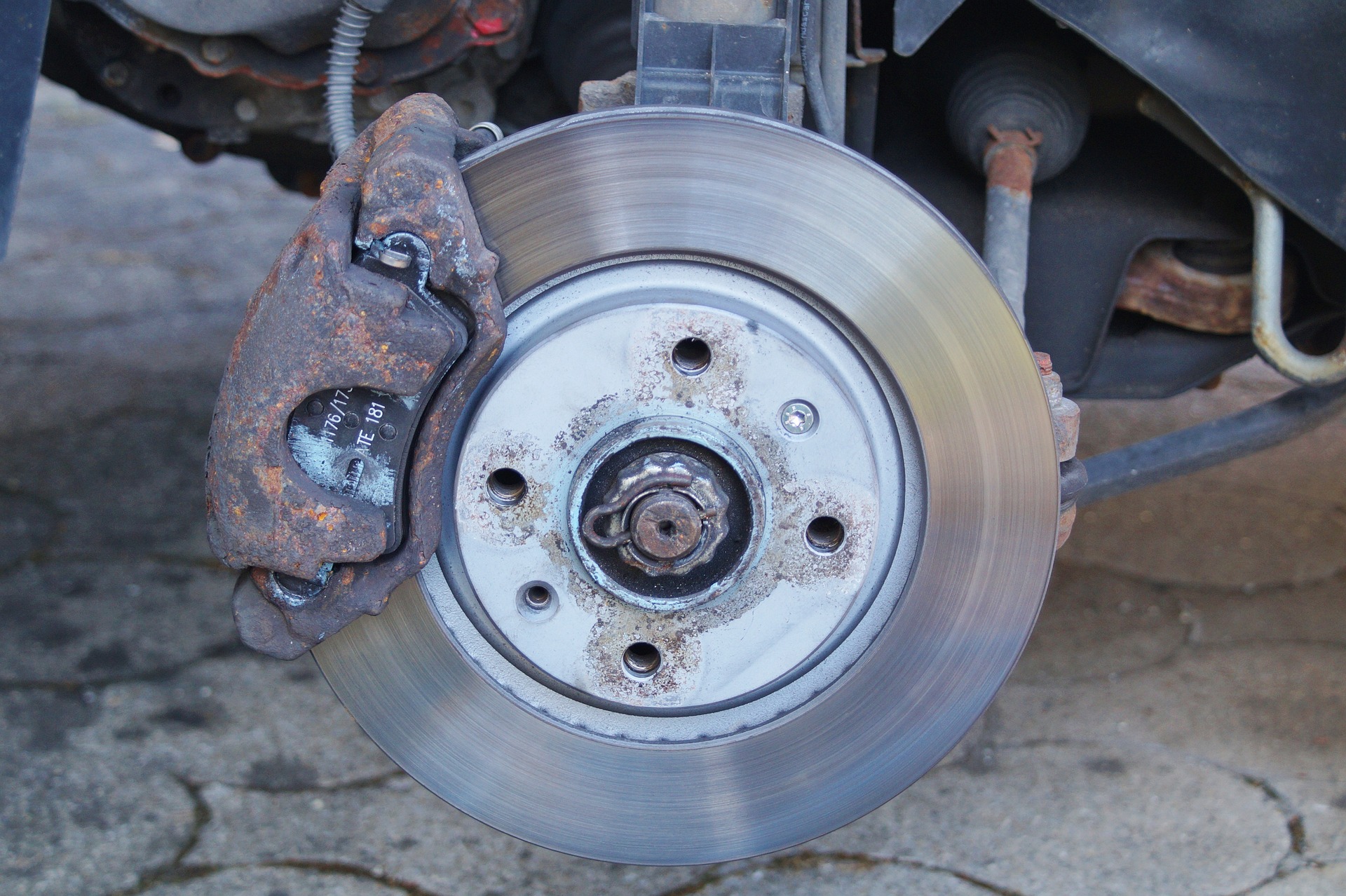Honda insight check brake system won’t start. So today we are talking about transmission system errors. Listen to your brakes when you stop. Many brakes are equipped with whistles that alert you when the pads start to wear out. When the brake pads are too thin, those squeaks get loud and shrill. You can see if your brakes are squealing by removing the wheel. This will be a small piece of metal next to your panel.
Feel your brakes when you stop. If you hit the brakes all the way and your car doesn’t stop right away, your brake pads may be worn. Check if the brake pedal vibrates or vibrates. A pulsating or vibrating brake pedal could mean your rotors are warped. Mechanics will be able to better assess the problem. If the brake pads are worn, you may also feel the car drag when you try to stop.
Honda insight check brake system won’t start – Determine if your vehicle will move in one direction when parked
Pulling to one side when parked indicates more wear on one side of the brake than the other. If you feel the car pull to one side when you press the brake pedal. Check the front wheel on that side to make sure the brake pads aren’t worn.
Have an expert check the rear brake
Some older vehicles and some rear brake systems may have brake pads instead of pads. These are cylindrical metal rings that are placed on the rotor of the wheel. If you think your brake pads are broken. You should take your car to a mechanic to have it inspected. The outer “brake material” (usually metal) should be the same thickness on both sides. You can measure the material with a ruler. Rear brake pads last 30,000 to 40,000 miles (48,000 to 64,000 km) and last twice as long as front brakes.
Honda insight check brake system won’t start – Evaluation of the thickness of the brake pads with a straw
Look between the spokes and find the rotor on the front brake. If you look between the holes in the tire, you will see a rotor, which is a round piece of metal that fits into the rubber wheel. Many cars will have drum brakes on the rear wheels that have brake pads instead of pads. Locate the caliper next to the rotor. Find a long piece of metal pressed against the rotor. The large piece of metal attached to the side of the rotor is called a brake caliper. If you look inside the caliper, you will see a rubber bushing.
This rubber lining is your brake pads. This method is not as accurate as removing the wheel and measuring the brake pads. Make sure your machine hasn’t been running for a while or is still hot. Insert the vacuum tube between the caliper and the rotor. Because Insert a straw between the caliper and the rotor. Keep pressing the vacuum tube until the vacuum tube touches the brake disc and stops.
Use a caliper to get more accurate readings
A caliper is a measuring tool capable of taking measurements in hard-to-reach places that are inaccessible to a ruler. Put the end of the caliper through the hole and read the top of the tool to measure the size of the brake pads. You can purchase a clamp at a hardware store, auto shop, or online.
Draw a line on the straw with a pen and measure it. With a marker, draw a line where the straw and brake shoe meet. Because Use a ruler or tape measure to measure the distance between the end of the straw and the line. This will give you a rough idea of the thickness of the brake pads. Subtract 5 mm (0.20 in.) from the number.
The back plate of the die is about 0.20″ (5mm) thick, so subtract that from the number to get the exact width of the die. After subtracting 0.20″ (5mm), the pads should be at least 1/3 in. (8.5 mm) thick. If the pads are less than 1⁄4 in. (6.4 mm) thick, replace them. New pads are typically about 1/2 inch (13 mm) thick. Because Once it is half worn. It should be replaced as soon as possible. 1⁄8″ (3.2 mm) thick inserts should be replaced immediately as they are not safe to drive. Measure the brake pads with the wheel removed.
Honda insight check brake system won’t start – Jack up your car
Locate the jack point at the front of the car and place the jack under it. The jacking point is usually located directly behind the front wheel. Pull the handle to lift the vehicle wheels off the ground. Position your car on the side you want to inspect. If you’ve never used a jack on your car.
I hope that this content helped you guys i will see you guys soon as possible.
